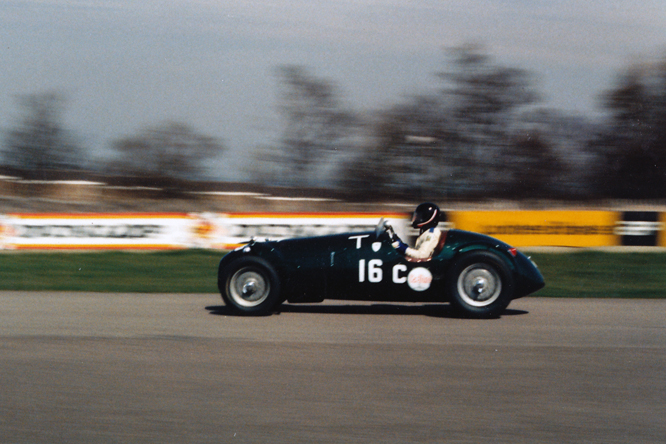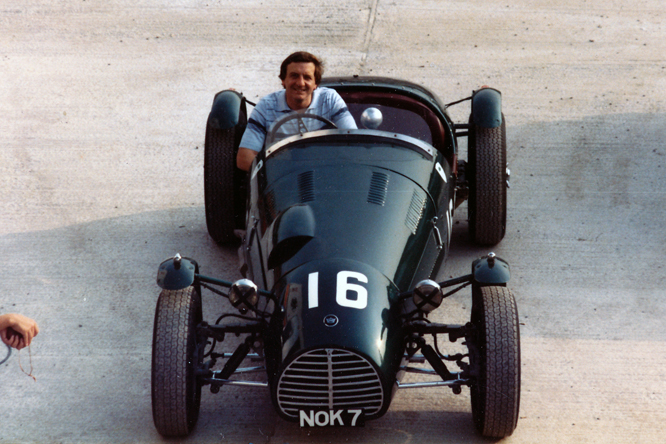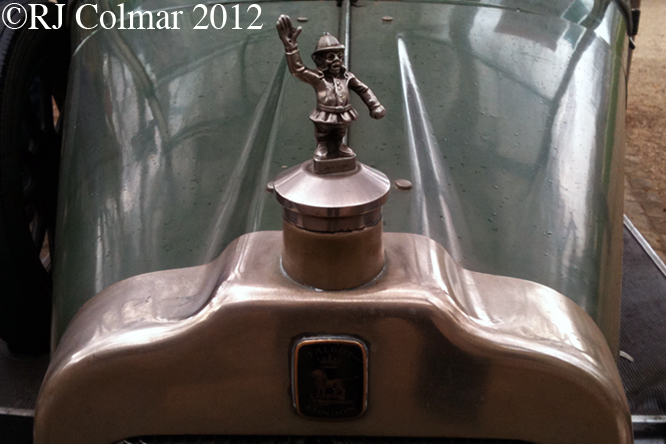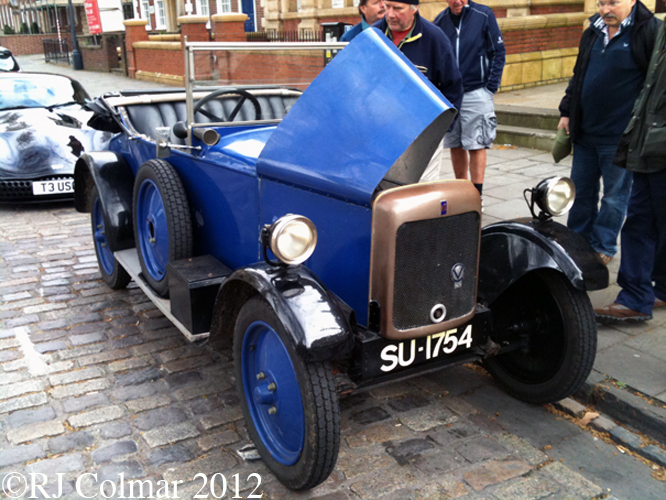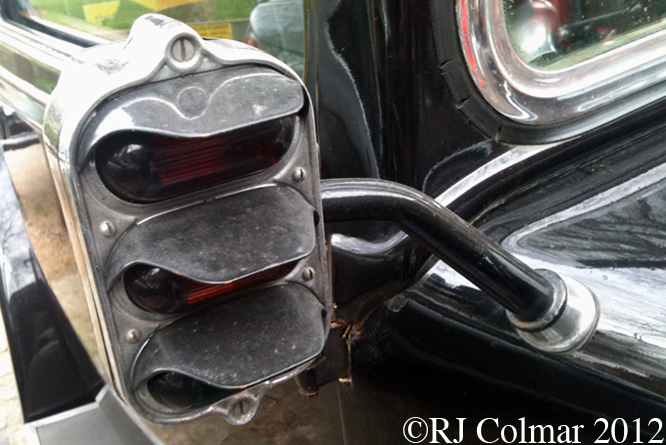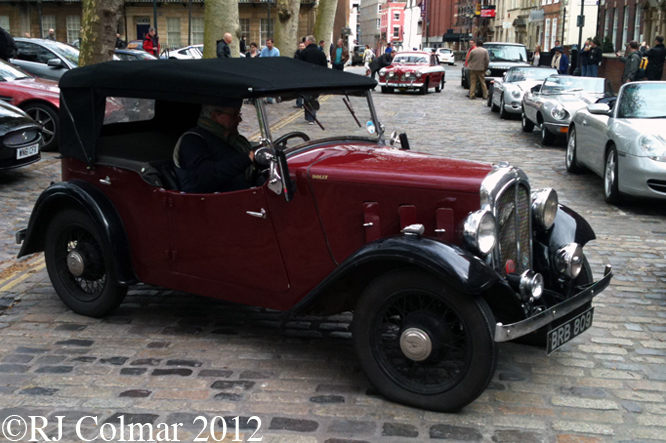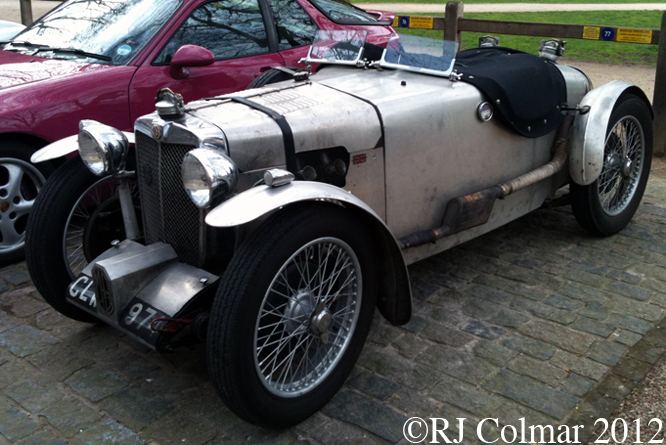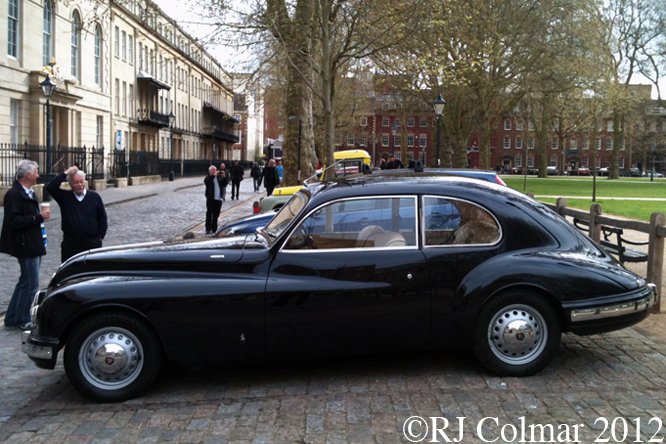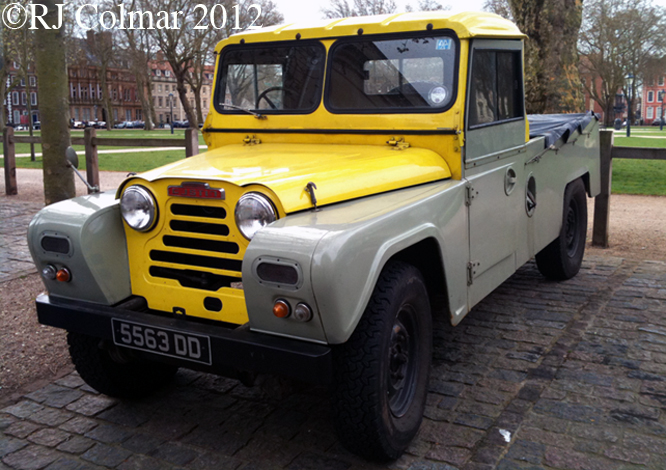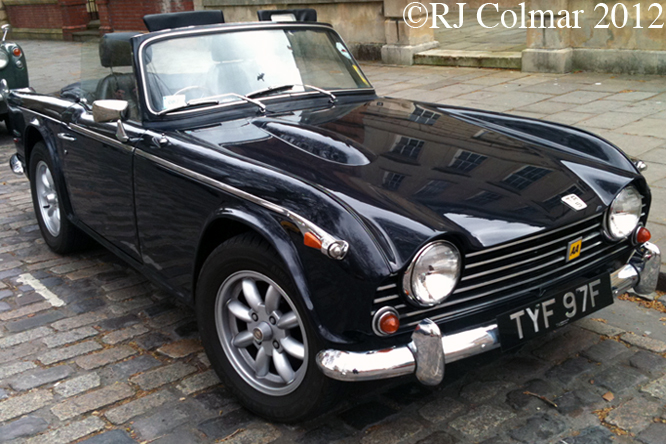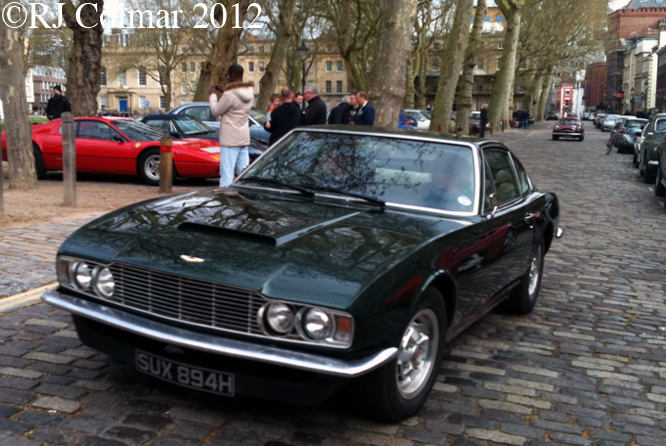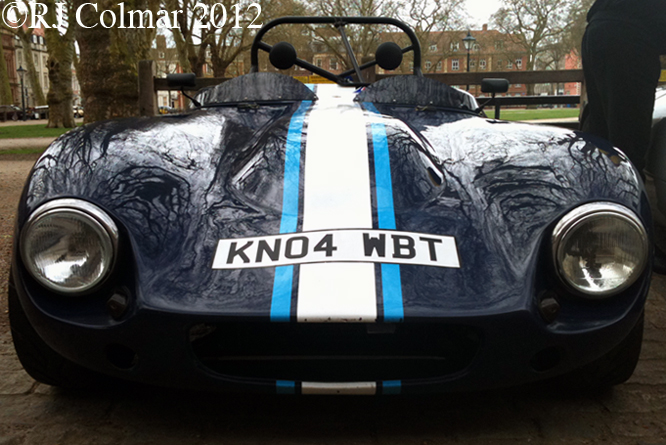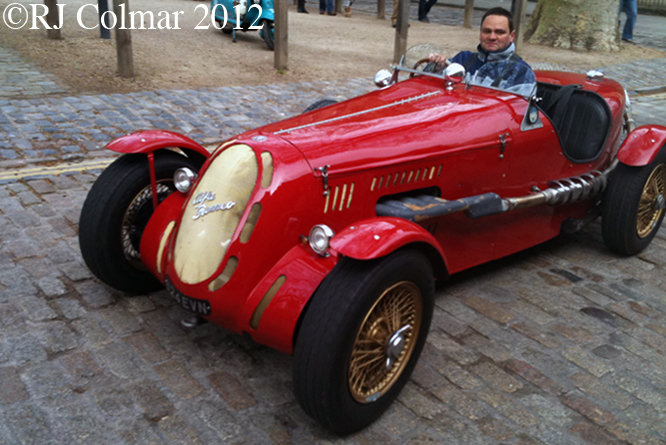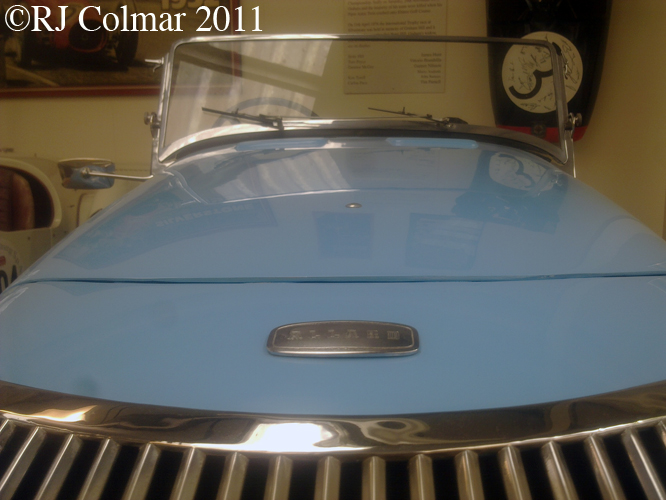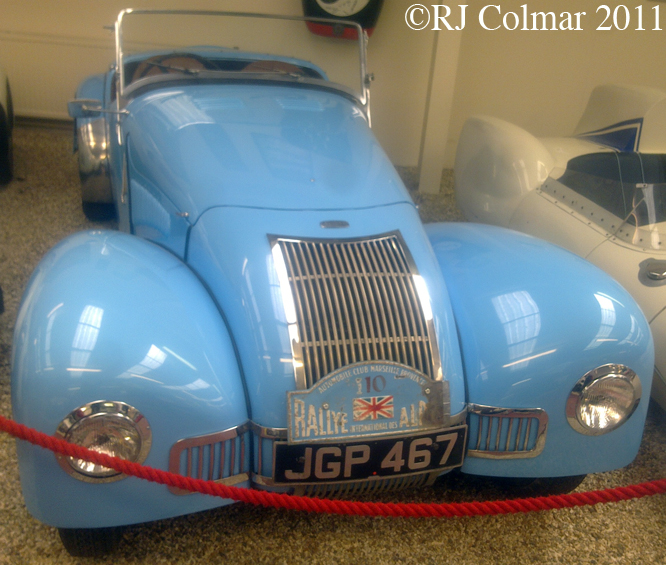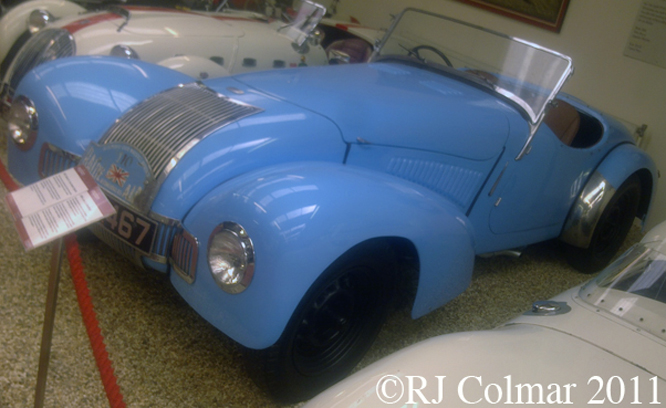Over the last couple of weeks I have been looking at the three MG powered Kayne Specials built by Colin Cooper, today’s extraordinary Killeen K1 is an MG powered special of which from 1979 to 1985 Colin became the seventh owner.
The Killen K1 was the brain child of Tom Killeen who during World War 2 was serving on an RAF base, on the island of Malta, now the site of the Maltese national football stadium, where he was impressed by the rugged strength and easy maintenance of the Supermarine Spitfire aircraft which operated there.
In 1950 Tom designed the Killeen K1 using a similar monocoque construction technique to that used in the Spitfire, using three equally spaced steel ‘hoops’ around which Tom attached Hiduminium alloy sheets to end up with a structure that was lighter and more rigid than the traditional ladder or space frame type chassis that were prevalent at the time. This type of monocoque construction which was by no means the first time it had been used in a racing car, that honour is thought to belong to the 1915 Cornelian Indy Car, the K1 just predates the semi monocoque D-Type Jaguar of 1954 and preempted the Lotus 25 by a full decade.
Tom Killeen took out a patent on his design in 1952 and proceeded to build the car with independent front suspension and de Dion rear and an stage two MG XPAG for his friend Jack Newton who subsequently raced the K1 in 1953. In 1954 Tom acquired a special motor for the K1, from John Thornely of MG, that had been built for the 1954 MG EX-179 speed record project. Colin found that this motor featured a separated cylinder head cooling system that was sealed at the top of the engine block.
Tom Killeen who is known to have worked for Jensen’s from at least 1947 to 1965 is known to have designed at least 19 vehicles including motorcycles all built or to have been built with monocoque structure.
More detailed information and photographs on the Killeen K1, which now resides in New Zealand, and the work of Tom Killeen can be found on Bob Allans’ Killeen dedicated website linked here.
My thanks to Colin Cooper, who is seen at the wheel of the Killeen K1 at Donington above, for sharing some of the stories behind the cars he has owned and built and to Bob Allan who helped me get in touch with Colin.
Thanks for joining me on this ‘Patent Monocoque’ edition of ‘Gettin’ a li’l psycho on tyres’, I hope you will join me again tomorrow. Don’t forget to come back now !

